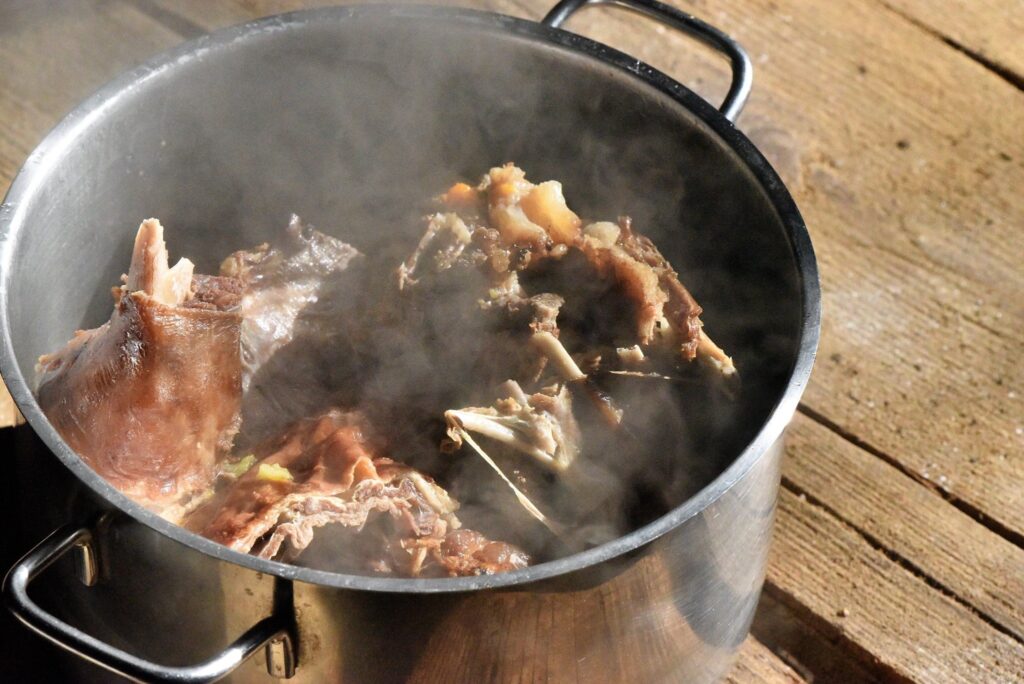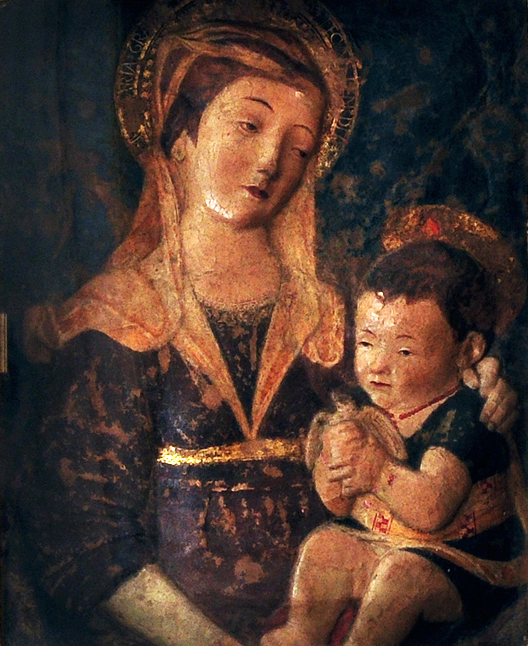The Feast of the Assumption of Virgin Mary (known locally as Velika Gospa), celebrated on 15 August, reminds people of the importance of family gatherings and gatherings of indigenous people even at the peak of the tourist season when people are usually very busy and do not have time for each other.
There are a few feasts of Virgin Mary throughout the year, and they are all very special to the worshippers on the island of Hvar. However, maybe the most important of these feasts is the Feast of Our Lady of Health (21 November) that is celebrated all over Dalmatia that used to be a protectorate of Venice. Namely, Venice was affected by a horrible outbreak of plague in 1630. Despite the fact that the city of lagoons was ready to implement the then known and accepted health methods, the disease was still mercilessly killing the population. The doge was so helpless and powerless that he publicly vowed that he would build a church dedicated to the Virgin Mary if she saved the city and the surrounding area from this peril. At the same time, the Dalmatians, who were a substantial minority in the city of lagoons, brought supplies to the city that also included dried mutton and goat. Due to the plague outbreak, the fresh meat commerce was not possible at that time, but the dried and salted meat commerce was more than welcome. The product of long cooking of meat, adding of spices and cabbage leaves was kaštradina, a meal that is still prepared for the feast of Our Lady of Health both in Venice and in Dalmatia. The cornerstone of the monumental church Santa Maria della Salute in Venice was laid even before the end of the epidemics and it stills represents a starting point of the worship of Our Lady of Health on the entire eastern Adriatic coast. Our Lady of Health became a sanctuary and intercession in all cases of epidemics, outbreaks of diseases and perils that, unfortunately, were quite common on our islands throughout the history.
However, the times have changed. The winters now are getting warmer and the periods suitable for successful drying of meat are getting shorter. The growing and almost uncontrolled tourism put the sheep and goat farming on the ash heap of history. Therefore, the flavour of kaštradina as well has also become a long forgotten nostalgic flavour. However, the first mention of this famous meal in 12th century – carnis de Scavinia, which was the name for the eastern Adriatic coast in the past, witnesses our impact and contribution to the globally known and famous Italian cuisine.
The citizens of the town of Hvar especially worship the relics of St. Prosperus (sv. Prošper), whose origin, age and life story are fully unknown. The remains of this saint were brought to Hvar from the Roman catacombs in 1671 so that they would bring and maintain harmony among the population that was known for their perpetual discord. Even the name of this saint (Prosper) given to the remains while they were still laying in the dark of the catacombs, means progress and prosperity, the values that were then very much needed in the town of Hvar. The historical records do not say anything about these remains, but it is possible to find out certain information about their treatment by the local population. Among the preserved votive tablets, those that are fish-shaped are the highest in number. We may presume that they were gifted by fishermen and associations of fishermen whose catch and good luck at the fishing posts (ribarska pošta – spots where the fishing net are thrown into the sea) often meant the difference between the survival and disaster at the always unstable times. Furthermore, on 9 May, at the eve of the Feast of St. Prosperus, the people of Hvar used to sacrifice one or several wooden ships and burn them on specific spots. Nowadays, this custom is still alive only in Komiža on the island of Vis and in Stari Grad on the island of Hvar, and it takes place on the Feast of St. Nicholas, the patron of sailors (6 December). Additionally, the beginning of May also represented the beginning of the period when sardine were caught. That fish fed many families and helped build many churches and houses on our islands.
This date, 9 May, has been chosen because of a miracle that is attributed to St. Prosperus. In 1806, during the Russian siege of the Adriatic aiming at the establishment of the Russian rule in this region and strengthening of the Russian military power, Hvar became an isolated town. The Russians did not permit boats to enter the Hvar harbour. The supply was not possible and Hvar was affected by famine. The people of Hvar were desperate and on 9 May 1806, on the eve of the Feast of St. Prosperus, they gathered and started praying for help and a miracle before the St. Prosperus’ altar. And the miracle actually happened, because on that day a damaged ship entered the harbour that was sailing from the Italian region Apulia. The ship was carrying vetches and grains, like broad bean, barley and peas. It has never been discovered how the ship actually managed to avoid the Russian blockade. The people of Hvar believed that it was a St. Prosperus miracle.
This saint still represents an important segment of the Hvar identity. People of Hvar still pray and vow to St. Prosperus asking for help when in trouble, even in our modern time.
The saints protect our island against famine, they make people gather and promote harmony and community spirit. It is up to us if we would live to those principles.


